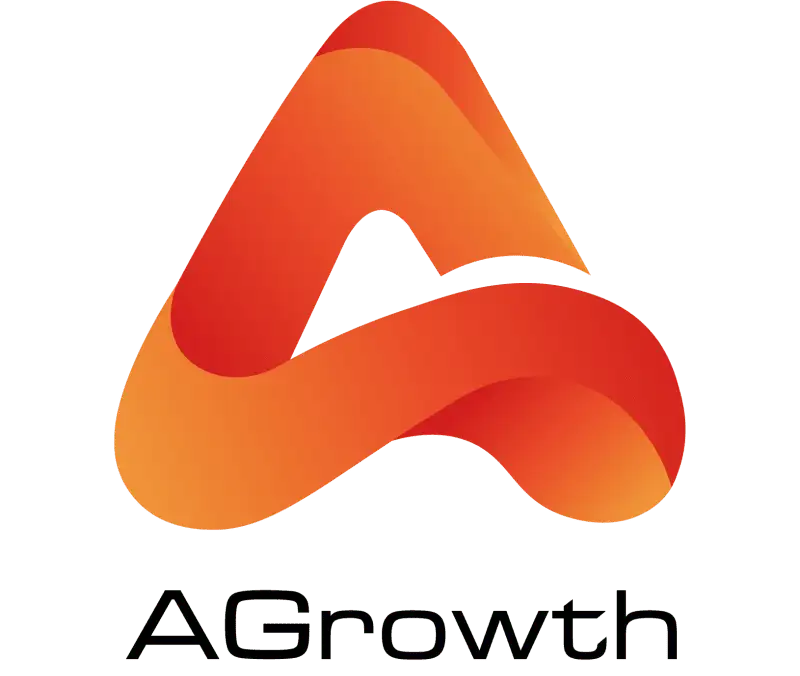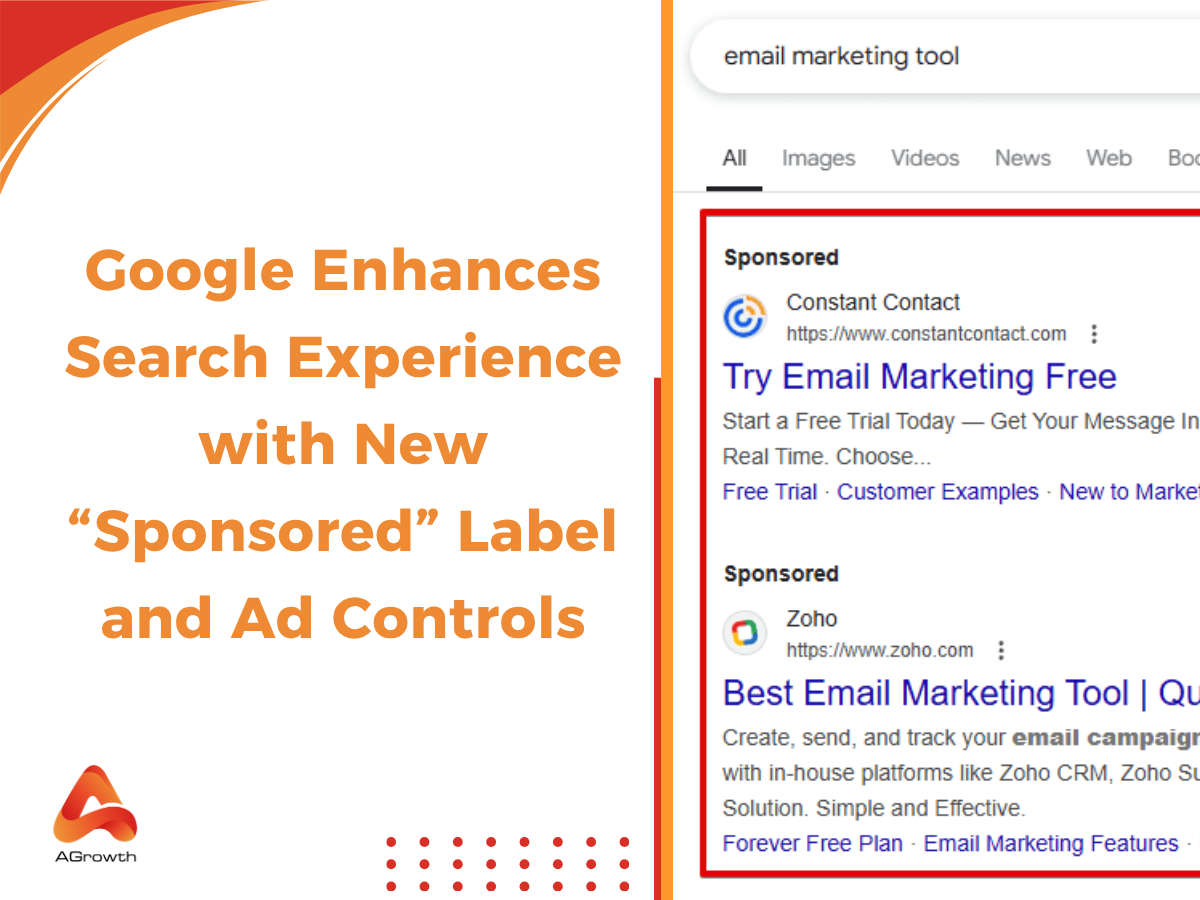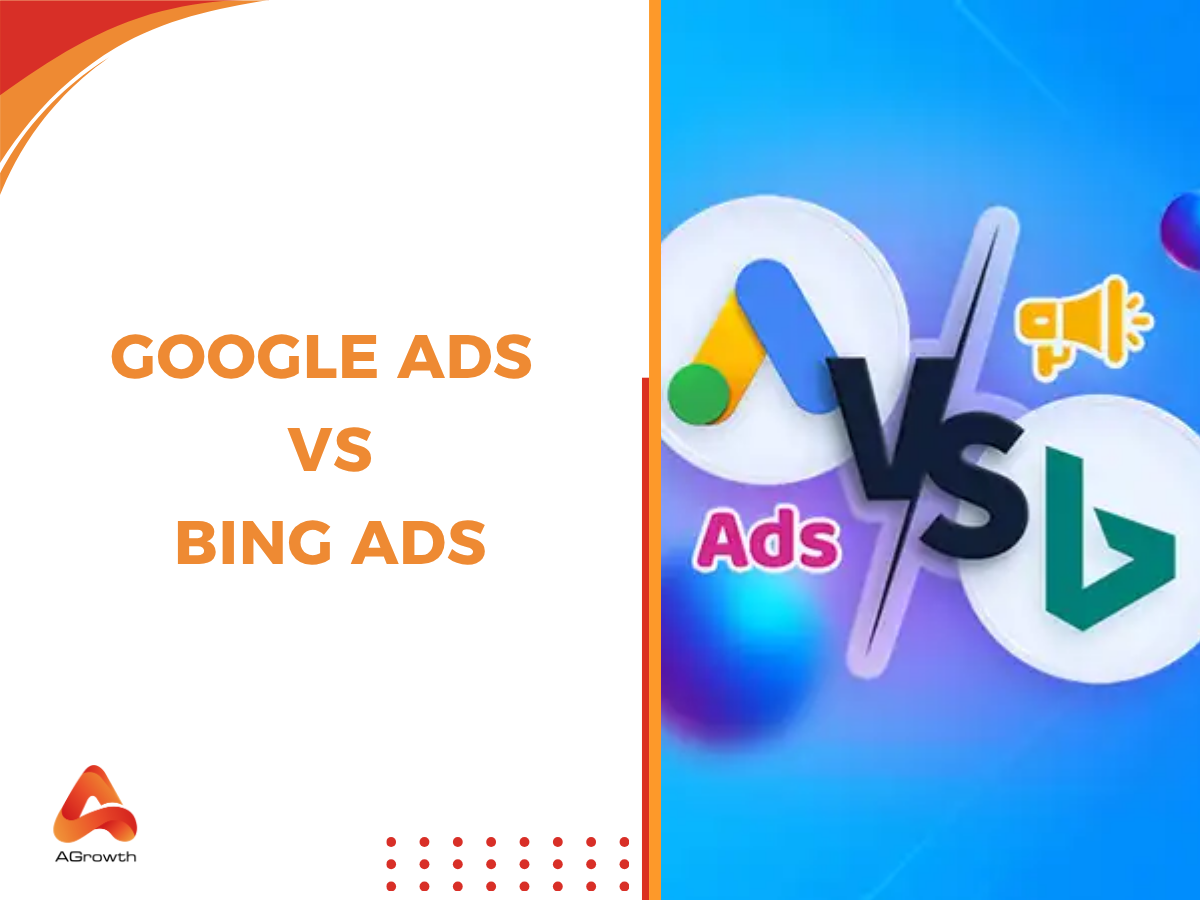
Table of Contents
Google Ads CTA: Guide to High-Converting Call to Actions
Every click in Google Ads begins with curiosity—but curiosity alone doesn’t guarantee conversions. The element that bridges the gap between interest and action is your CTA (Call-to-Action). Whether you want users to buy, sign up, download, or simply learn more, your CTA is the decisive trigger that drives them forward.
In Google Ads, writing an effective CTA is both an art and a science. It requires persuasive copy, an understanding of user psychology, and alignment with Google’s advertising policies. Done right, a strong CTA can dramatically improve CTR (click-through rate), Quality Score, and overall campaign ROI.
This article will explore everything you need to know about Google Ads CTA in 2025: why it matters, common mistakes to avoid, actionable best practices, and real examples you can adapt for your own campaigns
What Is a CTA in Google Ads?
In simple terms, a CTA (Call-to-Action) is a short, action-oriented phrase that tells users what to do next. It typically appears at the end of your ad copy—whether in the headline, description, or as part of an extension—and guides users toward your intended conversion.
Some common CTA examples in Google Ads include:
-
“Shop Now”
-
“Get a Free Quote”
-
“Download Today”
-
“Sign Up in Seconds”
-
“Book an Appointment”
But not all CTAs are created equal. The right one depends on your business goal, audience intent, and ad format.
Popular Types of CTAs in Google Ads
Not all CTAs are created equal. The most effective choice depends on your offer, your audience, and their position in the sales funnel. By understanding the different categories of CTAs, you can select the right psychological trigger for any scenario.
-
Action-Oriented CTAs: These are direct, straightforward, and command-based. They use strong verbs and are best for users with high commercial intent.
-
Examples: Buy Now, Shop Today, Order Online, Book Now, Get Started, Apply Now, Subscribe.
-
Value-Driven CTAs: These CTAs lead with the benefit, telling the user what they will get by clicking. They are excellent for overcoming hesitation by highlighting the value exchange.
-
Examples: Get Free Shipping, Claim Your 20% Off, Download The Free Guide, Get a Free Quote, Start Your Free Trial.
-
Urgency & Scarcity CTAs: These CTAs leverage the Fear Of Missing Out (FOMO) to compel immediate action. They create a sense that the opportunity is limited by time or quantity.
-
Examples: Shop The Sale, Offer Ends Tonight, Limited Stock Available, Last Chance, Order Before Midnight.
-
Trust & Assurance CTAs (Low-Friction CTAs): These are designed to lower the barrier to entry by removing perceived risk. They are perfect for top-of-funnel offers or high-consideration products.
-
Examples: Book a Free Demo, No Credit Card Required, Get a No-Obligation Quote, Join For Free, See a Demo.
Elements of an Effective Google Ads CTA
Not every action phrase works equally well in Google Ads. A CTA (call-to-action) is not just a button or a short sentence—it’s the final nudge that convinces a user to take action. Crafting an effective CTA requires both strategy and psychology.
Below are the key elements every high-performing Google Ads CTA should have, along with detailed explanations and real-world examples.
1. Action-Oriented Verbs
At the core of any CTA lies a strong action verb. These words guide users toward the next step. Without them, your ad risks sounding passive or unconvincing.
-
Why it matters: People don’t want to think too hard about what to do next. A clear, directive verb like Buy, Get, Shop, Start, Try, Download instantly communicates the action.
Examples:
-
Get Your Free Trial Today
-
Start Managing Your Projects for Free
👉 Pro tip: Test variations of verbs. For e-commerce, Shop or Buy might work best, while for SaaS, Try or Start resonates more with users.
2. Value Proposition
Your CTA should never stand alone—it needs to communicate what the user gains from taking action. Without a clear value, even the strongest verb won’t convert.
-
Why it matters: Users ask themselves, “What’s in it for me?” If your CTA answers that, you’ll see higher CTR and conversions.
Examples:
-
Sign Up Now & Save 15%
-
Download Your Free Market Insights Report
👉 Pro tip: Highlight exclusivity. Words like Free, Exclusive, Limited, and Personalized give users a reason to act immediately.
3. Urgency or Scarcity
Humans are wired to respond to urgency and scarcity. Adding time-sensitive or limited-availability cues in your CTA can push users to act now instead of later.
-
Why it matters: A sense of urgency reduces hesitation and increases click-through rates. Scarcity taps into FOMO (fear of missing out).
Examples:
-
Book Your Consultation Today – Only 3 Spots Left
-
Subscribe Now & Get Free Shipping – Ends Tonight
-
Start Your Free Trial – Offer Valid Until August 31
👉 Pro tip: Use urgency sparingly. Overuse can create distrust. For instance, saying Only 1 Spot Left when it’s clearly not true will harm your credibility.
4. Audience Relevance
A CTA that doesn’t match user intent will fail, no matter how catchy it sounds. Relevance ensures that your CTA resonates with what the user is searching for.
-
Why it matters: If someone searches for affordable car insurance, they’re in a different mindset than someone searching for luxury travel packages. A mismatched CTA confuses users and lowers ad performance.
Examples:
-
Search intent: cheap flight tickets
-
Relevant CTA: Compare Flights Under $50 Now
-
Irrelevant CTA: Join Our Travel Newsletter
-
Search intent: best project management software free trial
-
Relevant CTA: Start Your Free 30-Day Project Management Trial
-
Irrelevant CTA: Buy Enterprise Plan Today
👉 Pro tip: Segment campaigns by intent (research vs. purchase) and customize CTAs accordingly.
5. Consistency With Landing Page
One of the biggest mistakes advertisers make is creating a disconnect between the ad CTA and the landing page experience. If the CTA promises something different from what the landing page delivers, users lose trust.
-
Why it matters: Consistency reassures users that they are on the right track. Misaligned messaging increases bounce rates and reduces conversions.
Make sure your CTA matches the exact offer on your landing page—word-for-word if possible.
Examples:
-
Ad CTA: Get a Free Demo Today
-
Landing page should clearly offer a demo form.
-
Ad CTA: Save 20% on Your First Order
-
Landing page should display the discount prominently.
👉 Pro tip: Always preview your ad and landing page together before publishing. A/B test different CTA + landing page alignments to find the highest-converting pair.
To ensure your landing page perfectly matches your CTA and meets all platform requirements, we recommend reading about the specific Google Ads destination requirements.
6. Emotional Triggers (Bonus Element)
Beyond logic, emotions play a huge role in decision-making. Adding emotional triggers to your CTA can amplify engagement.
-
Why it matters: Emotional CTAs connect on a deeper level, making the action feel more compelling.
-
Types of triggers:
-
Fear of missing out (FOMO): Don’t Miss Out on This Deal
-
Desire for belonging: Join 10,000+ Happy Customers
-
Desire for ease: Make Tax Filing Stress-Free Today
Examples:
-
Unlock Your Dream Job – Apply Now
-
Be Part of Our Growing Community – Sign Up Free
-
End Your Tech Headaches – Start With Our 7-Day Trial
Google Ads Call to Action Examples
Seeing the difference between a bland CTA and one crafted for clicks can be transformative. Let’s explore how these examples work—and why they stand out.
Adidas – “Shop the Official Site”
-
Incorporates “Shop,” a clear action verb.
-
Emphasizes authenticity with “Official Site”, reassuring users they’re buying from a credible source.

Geico – “Get a Free Quote 24/7”

-
Uses “Get,” an action verb aligned with user intent when searching for quotes.
-
“Free” removes cost barriers.
-
“24/7” highlights convenience and immediacy.
Upside Avenue – “Download Our Investment Guide”
-
Specific and informative: users know exactly what they’ll receive.
-
Combines clear action (“Download”) with value (“Investment Guide”).

Wrike – “Wrike Trumps Asana, Hands Down”
-
Bold and comparative, appealing to competitive buyers.
-
Promises confident superiority, intriguing those evaluating options.

Common Mistakes to Avoid in Google Ads CTAs
A poorly executed CTA can be worse than no CTA at all. It can confuse users, create distrust, and waste your ad spend. Here are the most common mistakes to audit your campaigns for.
-
Being Too Generic
Phrases like "Click Here," "Learn More," or "Submit" are lazy and ineffective. They provide no value and don't set any expectations. Always tell the user why they should click and what they will get.
-
Mismatched Intent
Your CTA must match the user's intent and the temperature of your traffic. Don't use a hard-sell CTA like "Buy Now" for a top-of-funnel keyword like "what is CRM software." A softer CTA like "Download The Beginner's Guide" would be far more effective.
Before you even write your CTA, it's crucial to confirm your entire offer is permitted. We strongly advise you to read about the official list of Google Ads restricted content.
-
Multiple, Conflicting CTAs
Don't confuse the user by giving them too many choices within a single ad. Your ad should have one clear, primary goal. Asking them to "Shop Now & Download Our Guide" creates analysis paralysis. Focus on one action per ad.
-
Overpromising and Under-delivering
Your CTA is a promise. If you say "Get a Quote in 5 Minutes," your landing page and form process had better deliver on that promise. Breaking this trust leads to high bounce rates and damages your brand's credibility. This can also lead to Google ad disapprovals under Google Ads policy for misrepresentation.
AGROWTH - GOOGLE AGENCY ACCOUNT
⭐ Managed campaigns with expert guidance
⭐ Flexible invoice-based billings, custom top-ups
⭐ High resistance to suspension via agency tier
⭐ Quick fund transfer to new account if needed
⭐ Priority support via Google Partner channel
⭐ Lower fees from 3-5%
⭐ Eligible for bonus credit up to $384
Advanced CTA Strategies for Google Ads
Once you’ve mastered the fundamentals of writing effective Call-to-Actions (CTAs) for your Google Ads, the next step is moving toward more sophisticated strategies. Advanced CTA techniques help you go beyond “clickability” and instead focus on relevance, persuasion, and psychological triggers that align with your audience’s intent.
These methods are especially valuable for advertisers managing larger budgets, scaling campaigns, or operating in competitive verticals where every percentage point in CTR or conversion rate counts.
Let’s break down some advanced strategies that can take your Google Ads CTAs from good to exceptional.
1. Leveraging FOMO (Fear of Missing Out)
FOMO is a timeless psychological driver that motivates users to act before it’s too late. Scarcity and urgency work particularly well in CTAs because they create a sense of immediacy.
-
Examples of FOMO CTAs:
-
“Claim Your Spot Today – Limited Availability”
-
“Offer Ends at Midnight”
-
“Only 3 Left in Stock – Buy Now”
Pro Tip: Ensure your urgency-based CTAs are authentic. Exaggerated scarcity damages brand trust, especially in industries like finance or healthcare, where credibility is critical.
2. The Role of Color and Design
While ad copy drives clarity, the visual design of your CTA button or extension determines whether it stands out. Research shows that users’ eyes are naturally drawn to contrasting colors and bold shapes.
-
Color Psychology in CTA design:
-
Red: urgency, clearance sales, excitement.
-
Green: approval, “go ahead,” or eco-friendly offers.
-
Blue: trust, professionalism, calm decision-making.
-
Orange/Yellow: enthusiasm, attention-grabbing for promotions.
Best Practice: A/B test button colors in Display Ads and landing pages to confirm which resonates with your audience. On Search Ads, focus on extension formatting (structured snippets, sitelinks) to make CTAs more visually prominent.
3. Dynamic Keyword Insertion (DKI) for Personalized CTAs
Dynamic Keyword Insertion (DKI) lets you automatically update your Google ad headline or description with the exact search term users typed into Google. When applied to CTAs, this personalization increases relevance and click intent.
-
Example:
-
Query: “vegan protein powder”
-
Standard CTA: “Buy Protein Powder Now”
-
DKI CTA: “Buy Vegan Protein Powder Now”
That subtle keyword match makes the ad feel customized to the user’s search, increasing both Quality Score and CTR.
4. Social Proof and Credibility Indicators
Social proof reassures potential customers that others have already benefited from your product or service. Adding credibility to your CTA can help overcome hesitation, especially for high-consideration purchases (software, healthcare, financial services).
-
Examples of Social-Proof CTAs:
-
“Join 10,000+ Businesses Using Our Platform”
-
“Rated #1 in Customer Satisfaction – Try Us Free”
-
“Backed by 500+ 5-Star Reviews”
This not only validates your offer but also positions your brand as trustworthy and reliable in a crowded market.
5. Testing and Optimization
Even with advanced tactics, there is no “perfect CTA.” Testing is the only way to know what works for your audience.
-
What to test in CTAs:
-
Wording: “Get Started” vs. “Start Free Trial Today.”
-
Length: single-word CTAs vs. longer benefit-driven CTAs.
-
Placement: Google headline vs. Google ad description vs. extension.
-
Offer framing: “Save 20% Today” vs. “Unlock Your 20% Discount.”
Pro Tip: Use Google Ads Experiments or A/B testing frameworks to track results. Even small tweaks can produce double-digit improvements in CTR.
6. Segmentation for Targeted CTAs
Not every audience segment responds to the same CTA. Tailoring your messaging by demographic, funnel stage, or behavior can significantly improve conversion efficiency.
-
Examples:
-
New visitors: “Discover Our Free Starter Guide”
-
Returning users: “Upgrade Today and Save 15%”
-
High-intent shoppers: “Buy Now – Free Next-Day Delivery”
This segmentation requires extra effort in campaign structure and ad group design, but it ensures your CTAs match user intent at every stage of the journey.
FAQs
Where should you place the CTA in a Google Ad?
Your Call-to-Action should be prominently placed in your Google Ad copy, ideally in the headline or the beginning of the description. This ensures it's one of the first things a user sees. Additionally, reinforce your CTA in your ad extensions, such as sitelinks or callouts, for maximum visibility and impact.
How can you A/B test your Google Ads CTAs?
A/B testing different CTAs is essential for optimization. Create multiple ad variations with different call-to-action phrases while keeping the rest of the ad copy the same. Monitor key metrics like click-through rate (CTR) and conversion rate to identify which CTA resonates most effectively with your target audience and drives the best results.
What are CTA extensions in Google Ads?
CTA extensions in Google Ads are additional clickable assets that enhance your ad with a specific call to action. These can include call extensions ("Call Us Now"), lead form extensions ("Sign Up Here"), or app extensions ("Install Now"). Utilizing these extensions provides more direct ways for users to convert, often leading to a higher return on investment.
Why is my Google Ads CTA not performing well?
A poorly performing Google Ads CTA could be due to several factors. It might be too generic, not create a sense of urgency, or be misaligned with the user's search intent. Ensure your CTA is highly relevant to your keywords and ad group, and that the promised action leads to a clear and corresponding landing page experience.
Are there character limits for CTAs in Google Ads?
Yes, CTAs in Google Ads must adhere to strict character limits, which vary by ad component. In Responsive Search Ads, your CTA phrase must fit within the 30-character headlines or 90-character descriptions. For dedicated CTA assets like callout extensions, you are limited to just 25 characters, which demands concise and impactful language.
Related posts:









Your comment